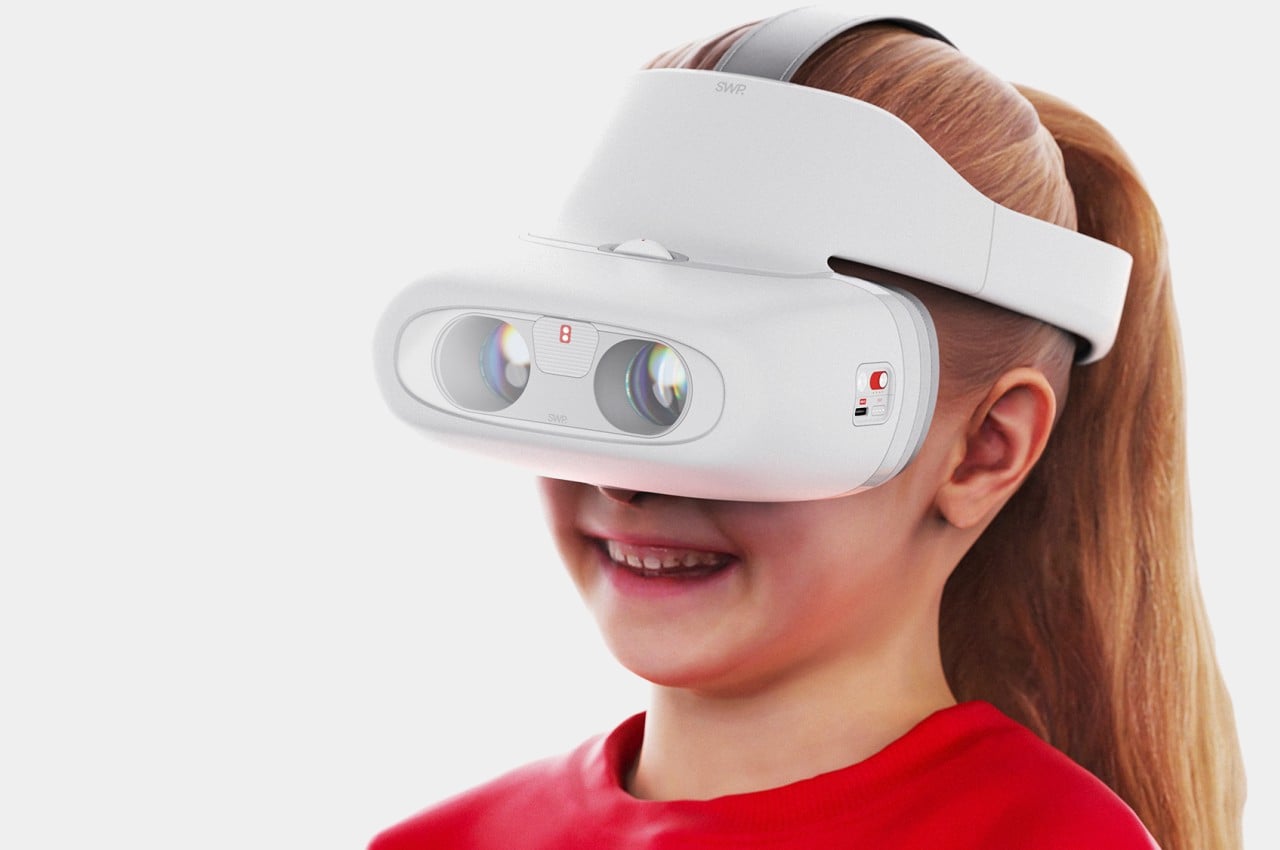
Some diseases and physical disorders don’t really care whether you’re young or old, but unfortunately, treatment does. You can’t, for example, perform surgery on extremely young or extremely old people, which severely limits what you can do before it gets too late. Some defects like strabismus, more popular under the moniker “crossed eyes,” can become a big problem for adults and a long-lasting emotional wound for kids. Some types of strabismus can, fortunately, be corrected by wearing special types of glasses, but that treatment can be inefficient and costly over time. It doesn’t have to be that way, though, especially if you stretch the design a bit, like this device that looks like a VR headset but is actually a wearable treatment for kids afflicted by this vision disorder.
Designer: Haechan Ryu
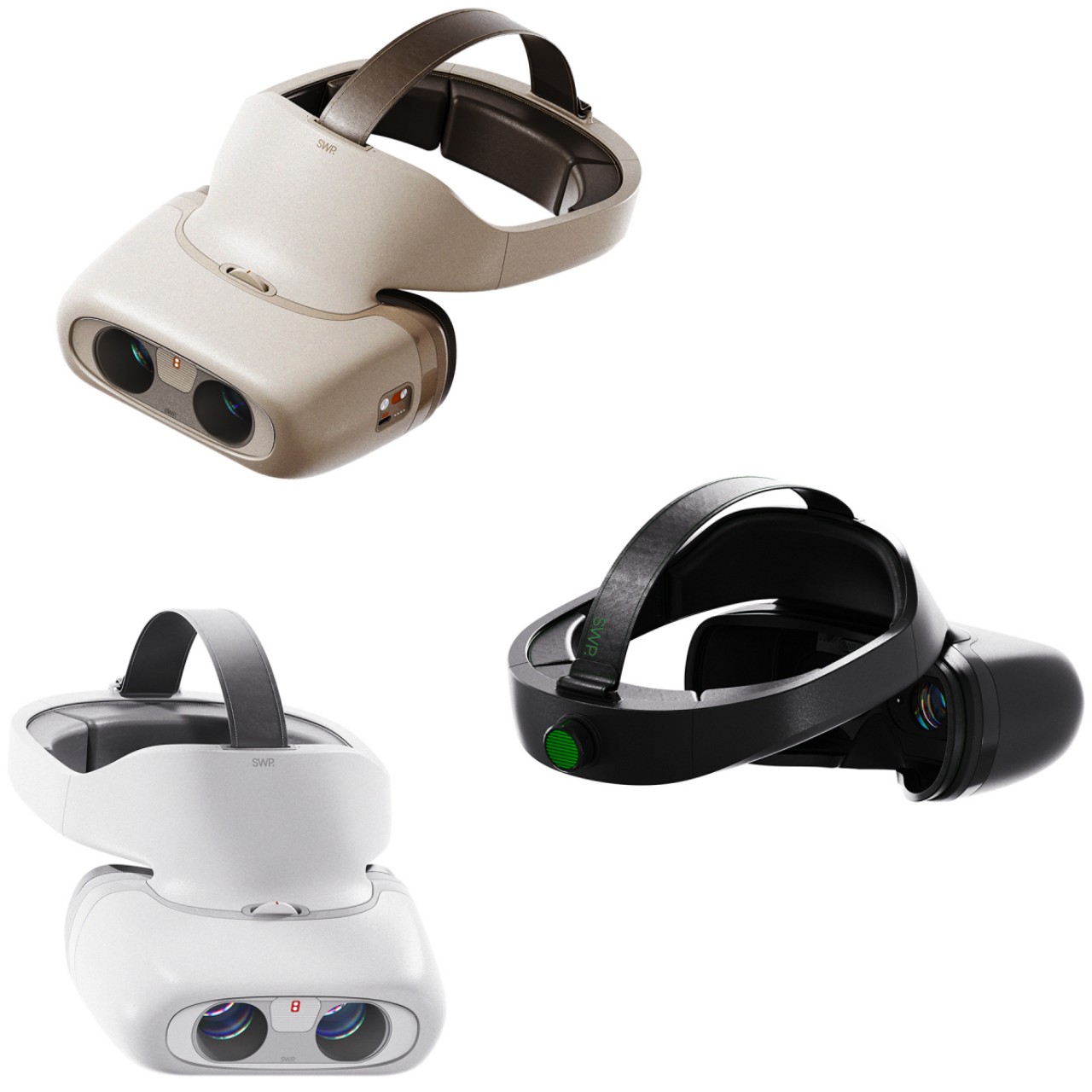
There are a few vision disorders that can be corrected by wearing special glasses, particularly ones that use a prism to redirect the way light enters the eyes. For those affected with strabismus, this can help train the eyes until they get back to a more natural position. The problem is that glasses with prisms have fixed angles, and as the wearer’s eyes adjust, the eyeglasses have to be replaced as well. Of course, surgery is out of the question for kids, so a more efficient and cost-effective treatment is needed.
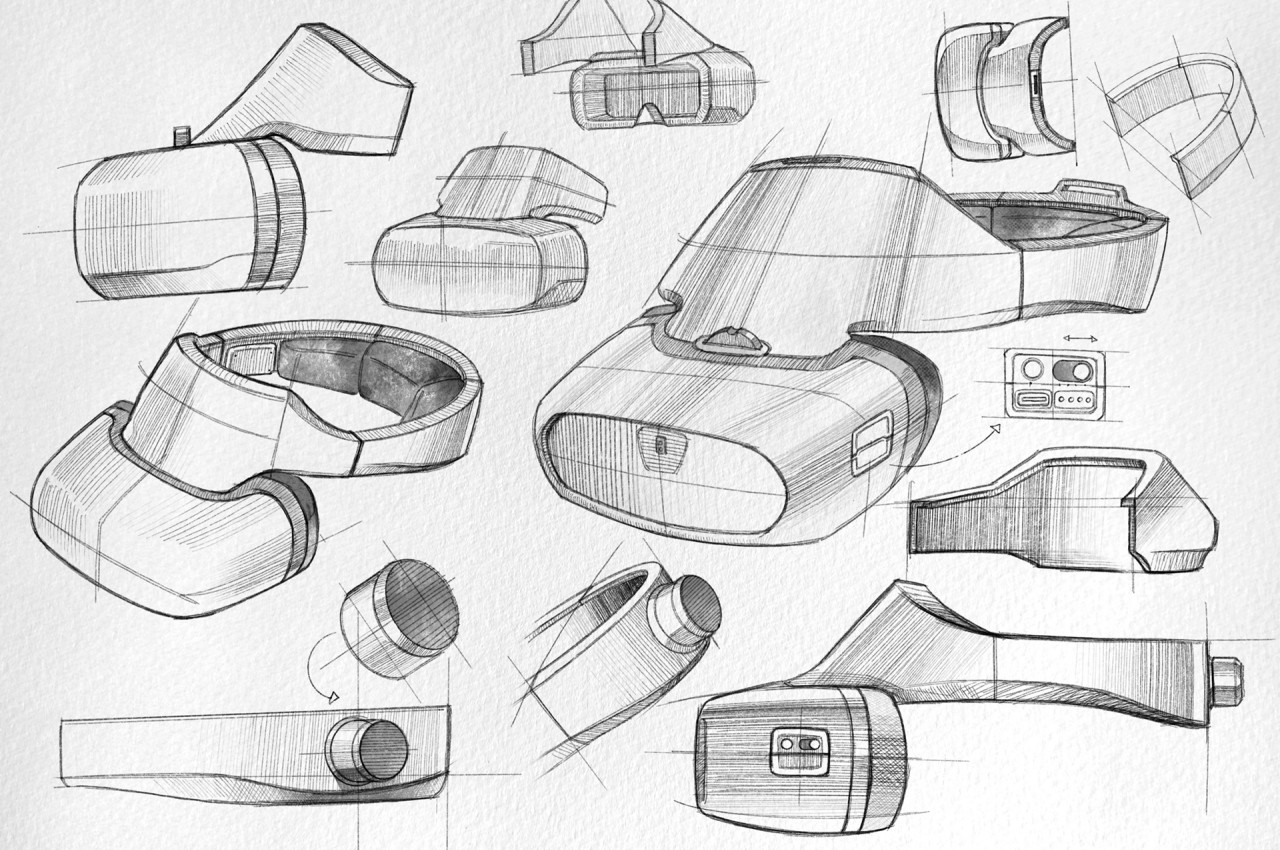
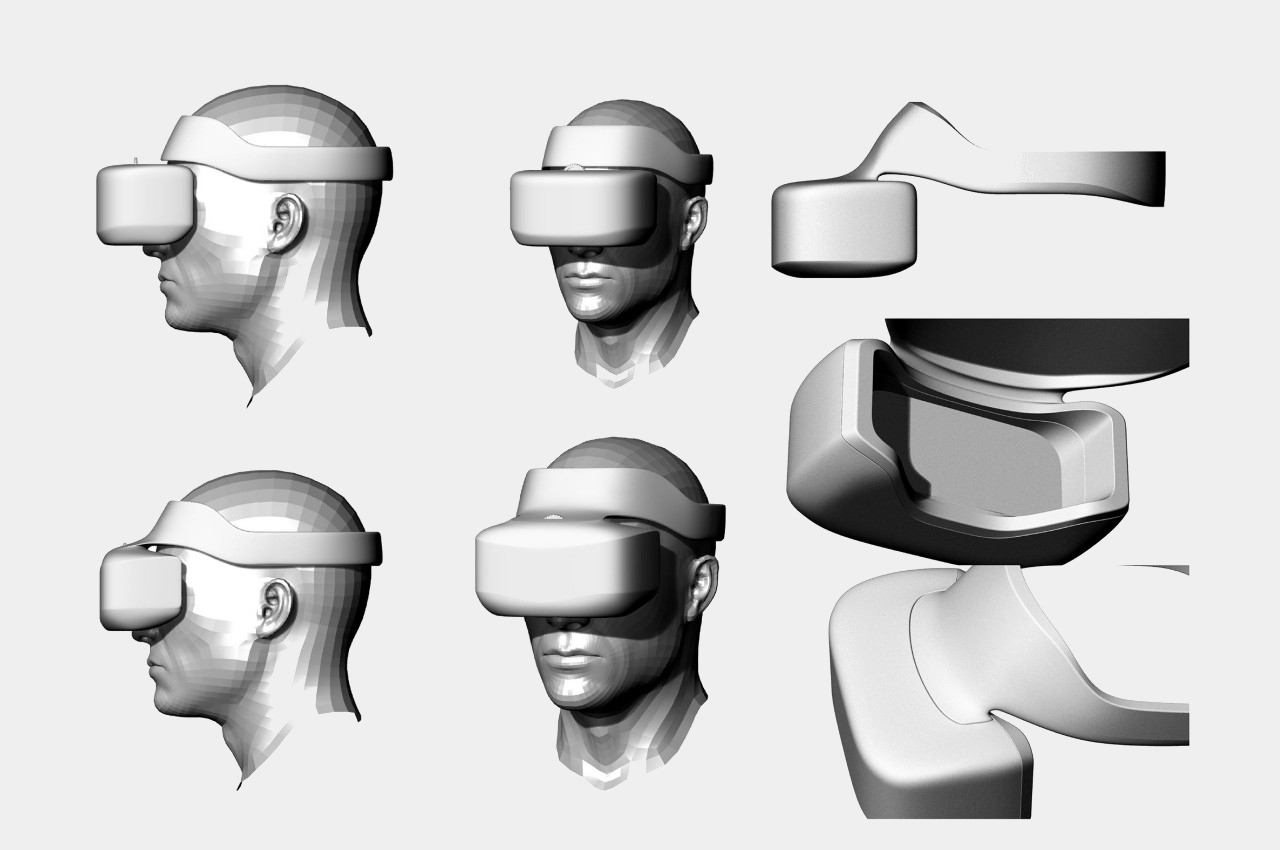
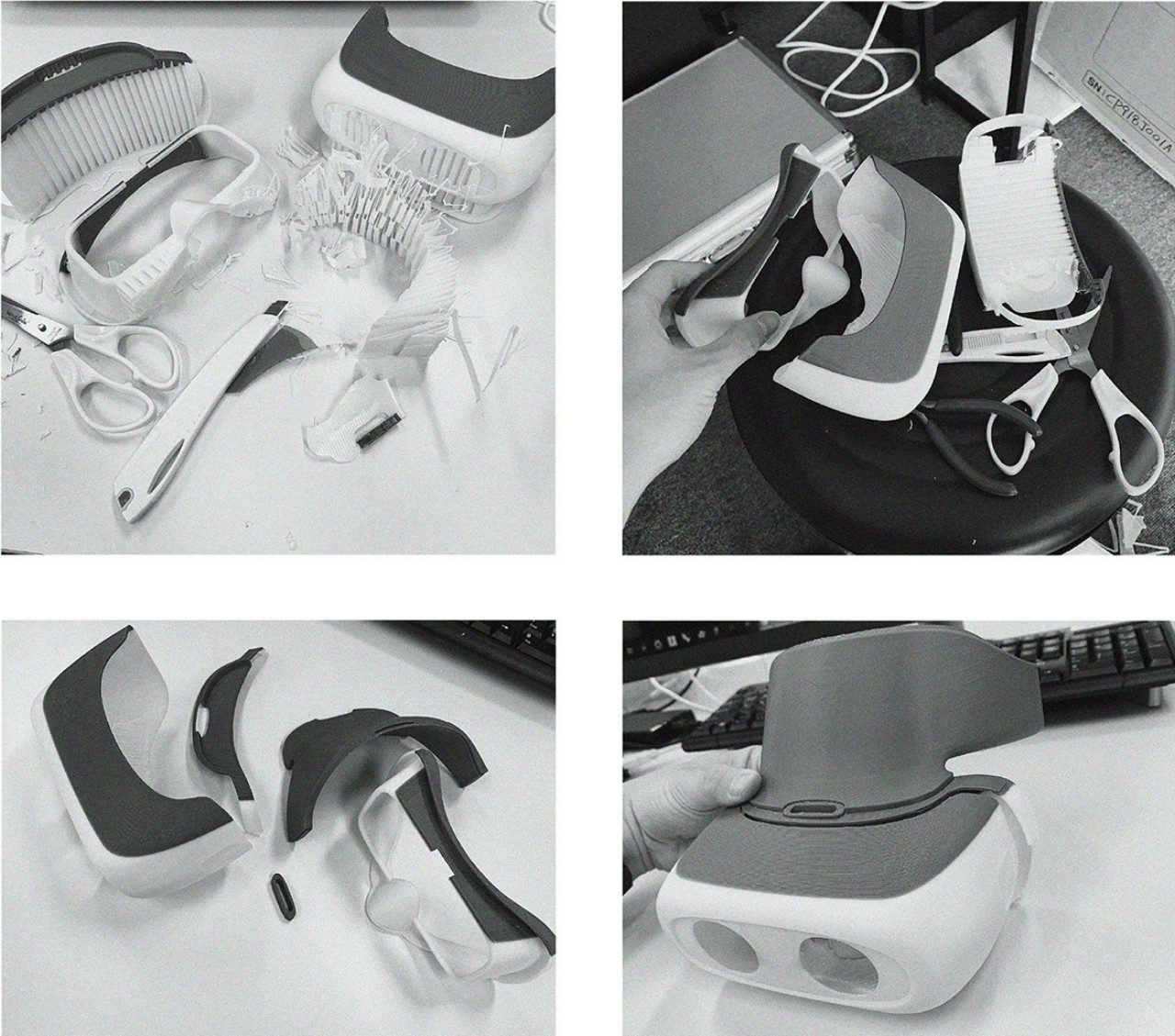
SWP, which is an acronym for Simplicity With Professionalism, tries to offer that solution with a design that might look a little familiar now, even for kids. From the outside, the device is very similar to a virtual reality headset like the Meta Quest or HTC Vive. In fact, it might also be using some of the same designs and mechanisms as a regular headset, particularly with the way two lenses can be adjusted on the fly.
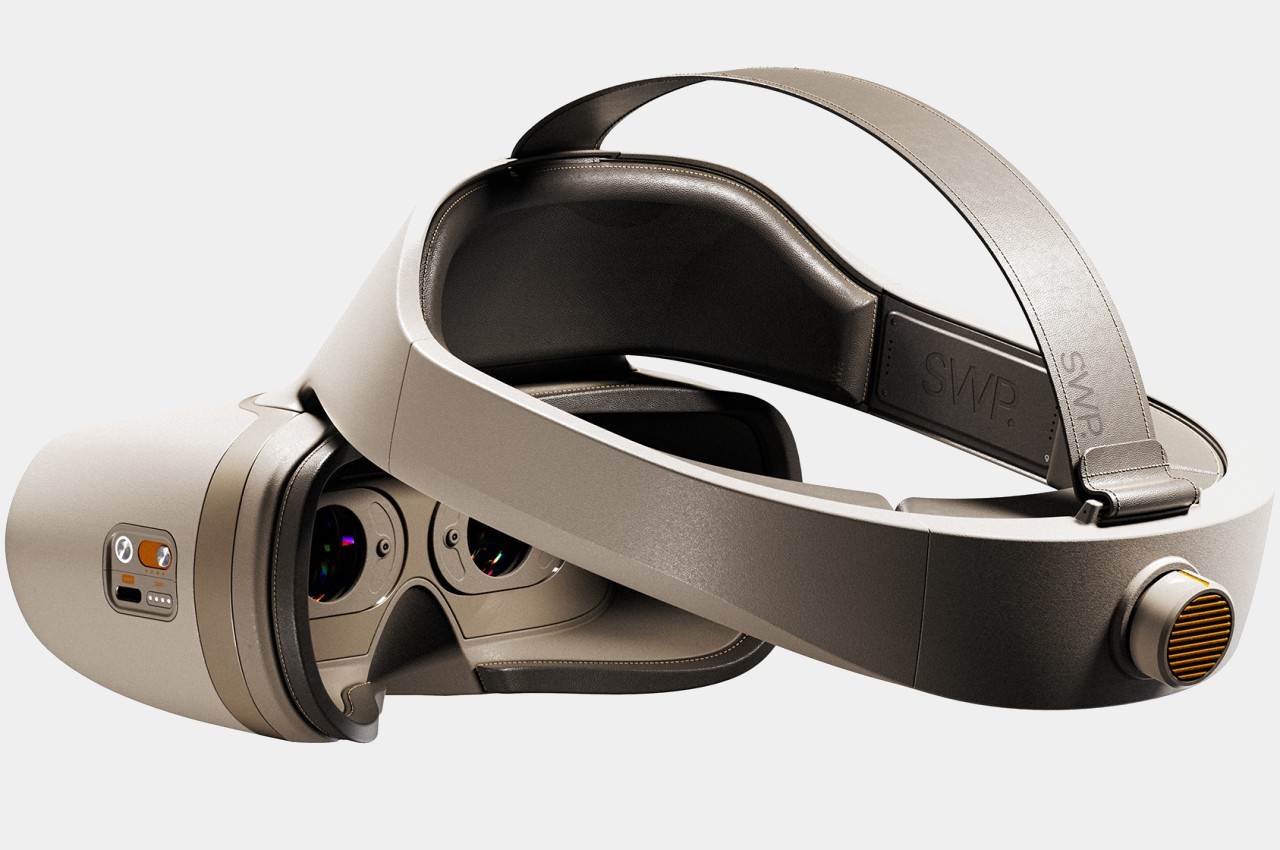
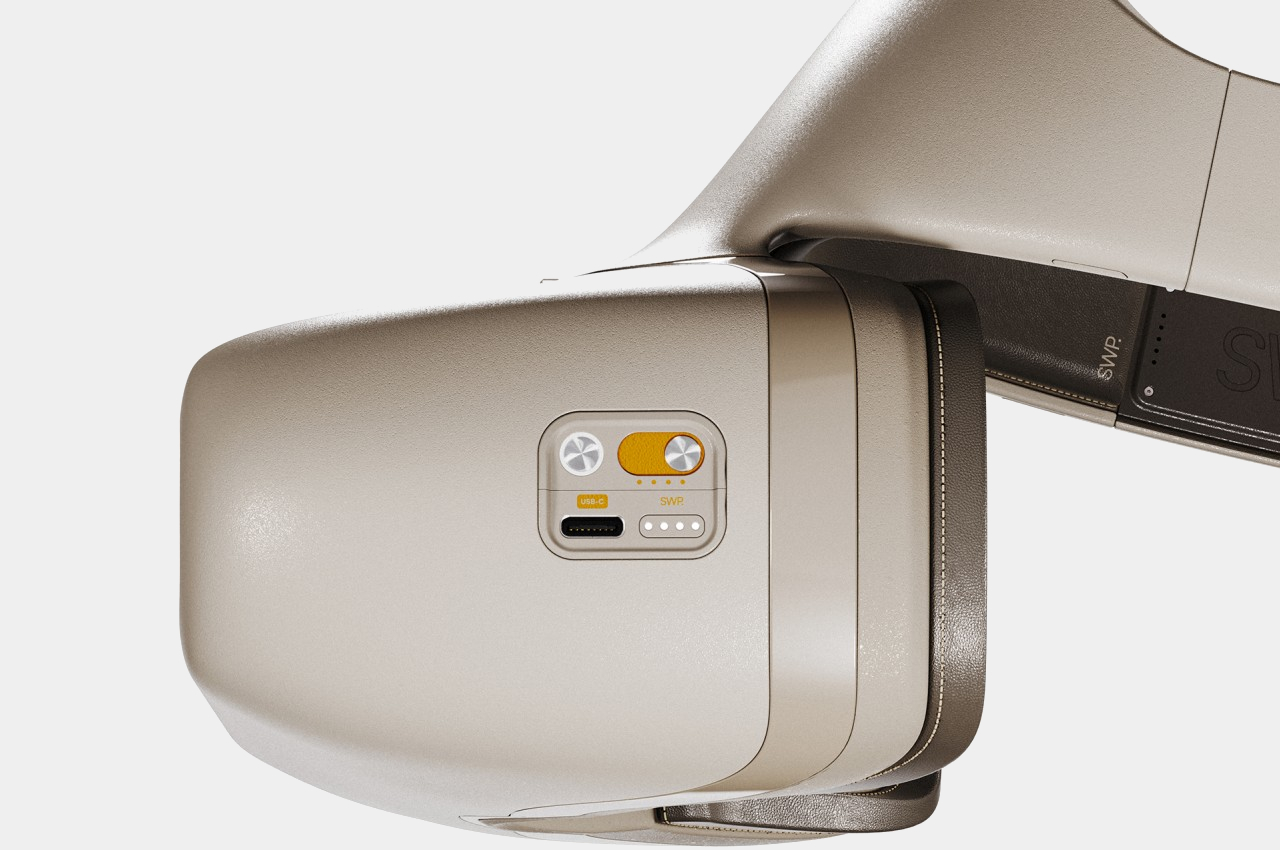
In SWP’s case, there is a motorized prism inside the visor that can adjust the angle to adapt to the severity of the wearer’s strabismus. A dial in front can adjust the spacing of the lens for the eyes while the inner lenses rotate inside to exercise the eyes and correct that angle over time. Rather than replacing the eyeglasses every time the strabismus angle changes, one only needs to change the headset’s settings to continue the treatment.
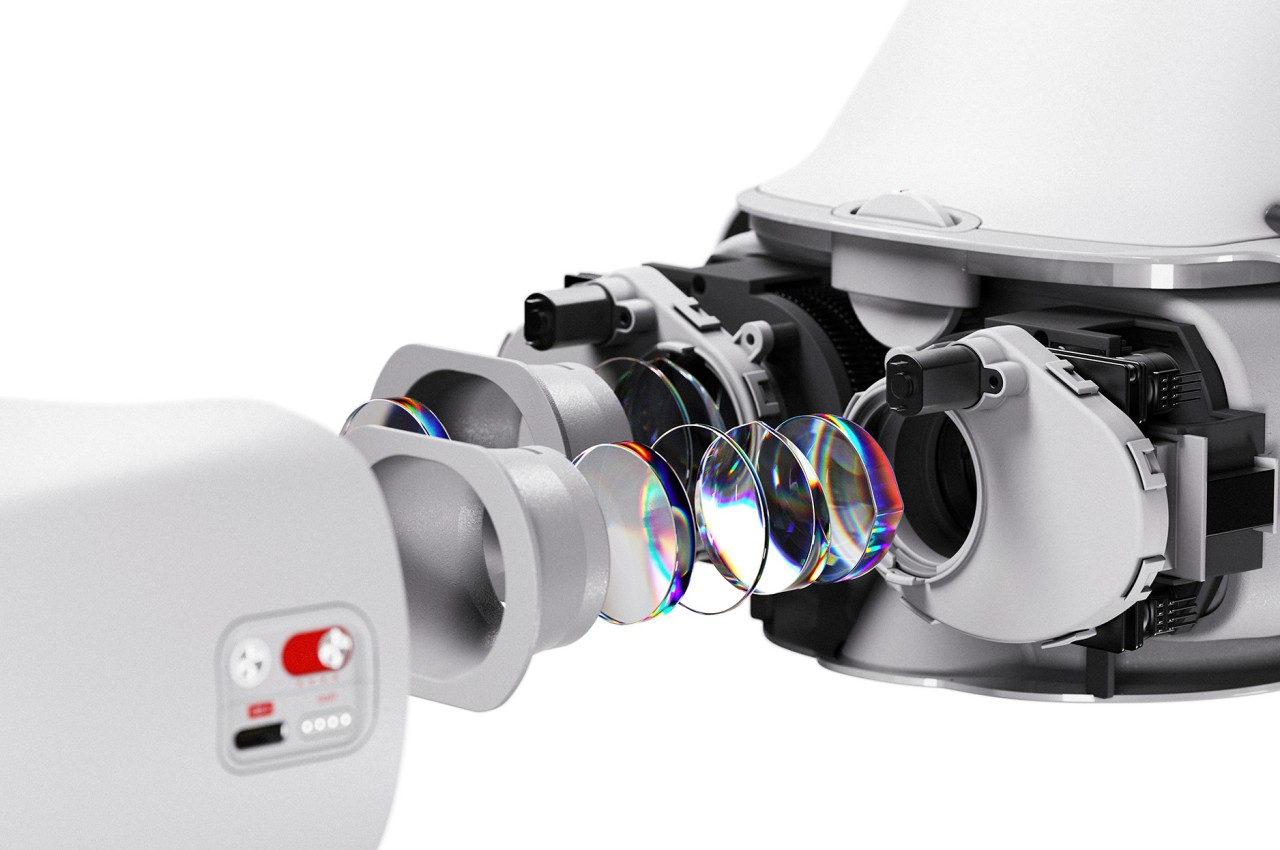

Making SWP look like a VR headset isn’t accidental, of course. The form offers a more distributed weight balance, so it won’t be too heavy for kids to wear. Of course, it will also be considerably lighter because it has fewer internal components to cram into that small space. It might even make kids feel special for wearing such a device that grownups play with, helping them become more accepting of the treatment that will help correct their vision until it becomes normal again.
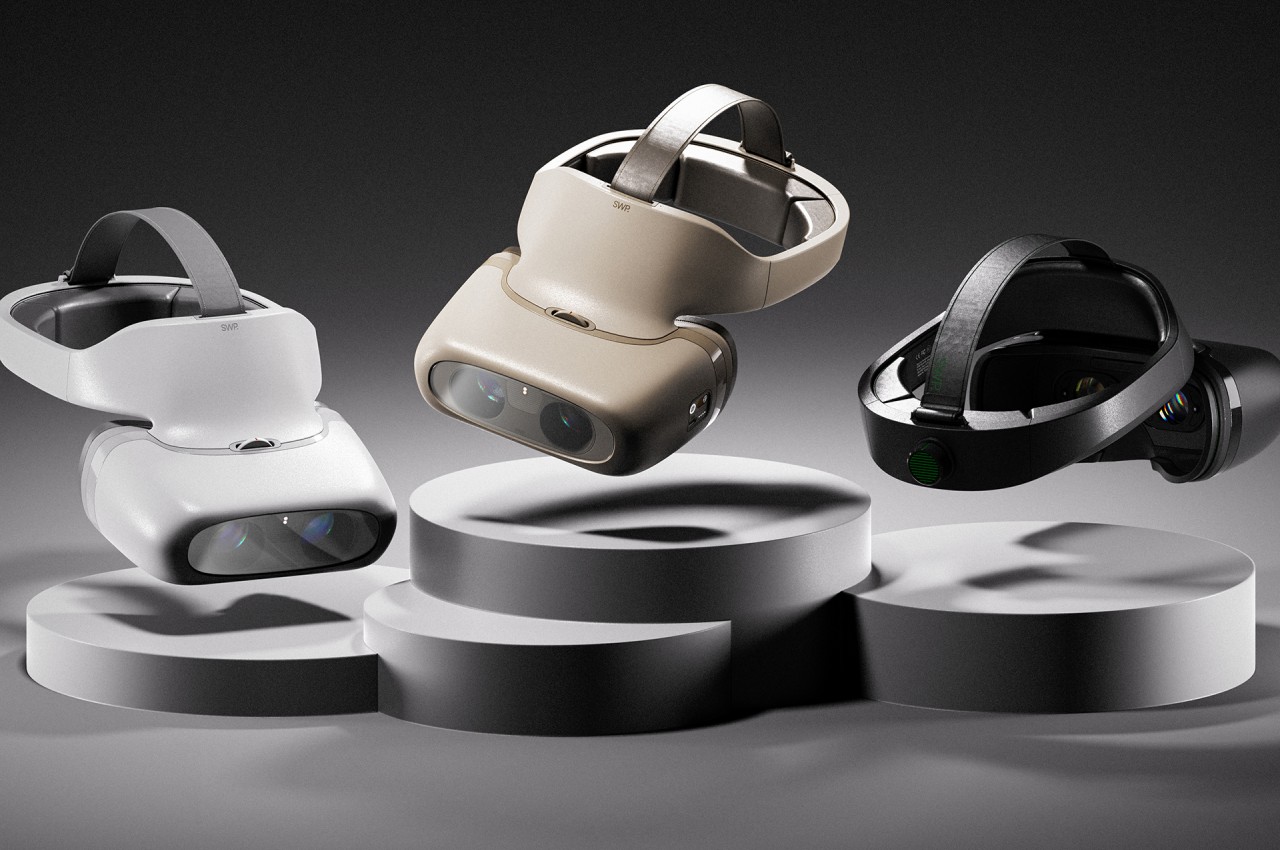
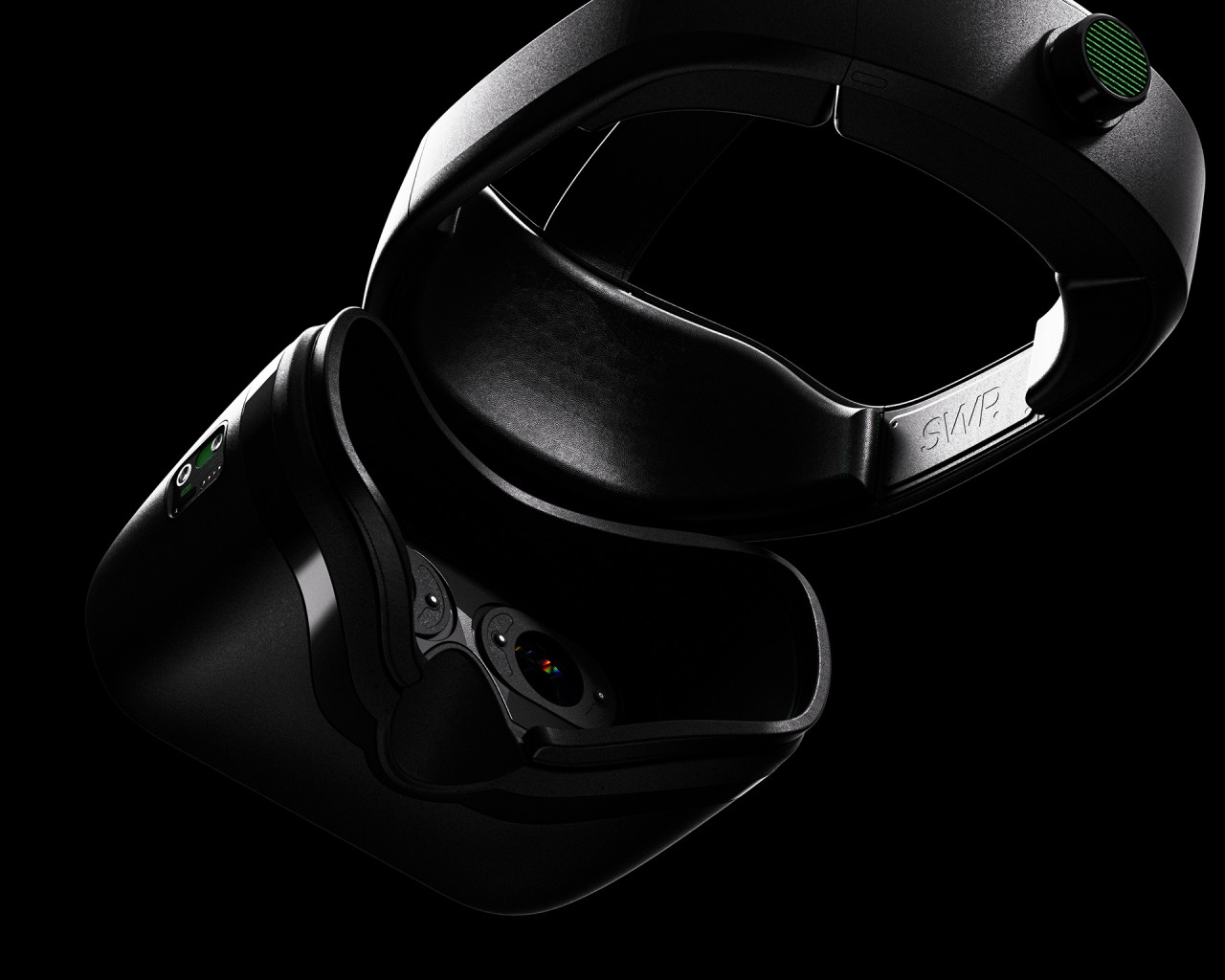
The post Headset-like device concept envisions a non-invasive treatment for cross-eyed kids first appeared on Yanko Design.
No comments:
Post a Comment